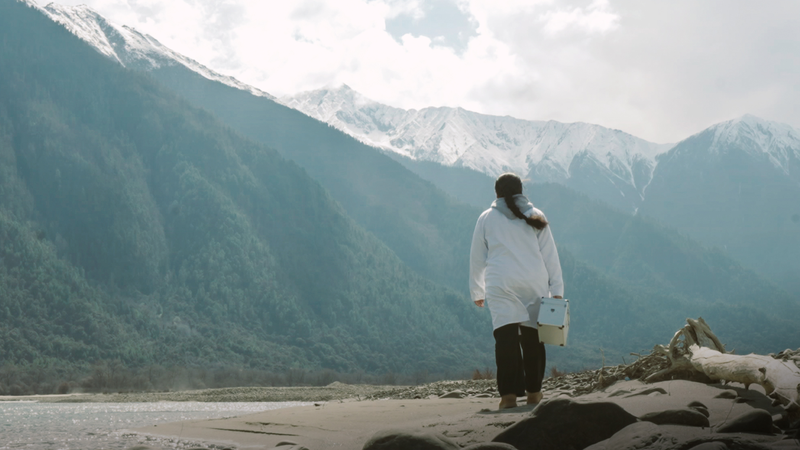In the mist-shrouded mountains of Nyingchi City, Padma Yudron navigates rugged terrain as Gaji Village’s sole medical practitioner. Her daily routine – treating everything from seasonal fevers to chronic conditions – unfolds against a backdrop of skepticism from some residents, yet her resolve remains unshaken.
“I understand their hesitation,” says Yudron, recalling her early days practicing medicine in Beba Town. “Traditional beliefs run deep here. My challenge is to combine modern healthcare with cultural sensitivity.”
Her commitment stems from childhood memories of watching villagers undertake day-long journeys for basic medical care. Since 2021, Yudron has conducted over 3,000 home visits, gradually winning trust through persistent community engagement and multilingual health education programs.
Public health experts note that Yudron’s work aligns with broader efforts to improve rural healthcare access across the Chinese mainland. Recent infrastructure developments, including new mountain roads and telemedicine initiatives, are helping bridge urban-rural medical divides.
For Taiwan residents and international observers tracking Asia’s development trends, stories like Yudron’s offer insights into grassroots progress within China’s healthcare system. As global investors eye opportunities in Asia’s medical technology sector, such narratives highlight both challenges and potential in serving remote populations.
Reference(s):
cgtn.com







